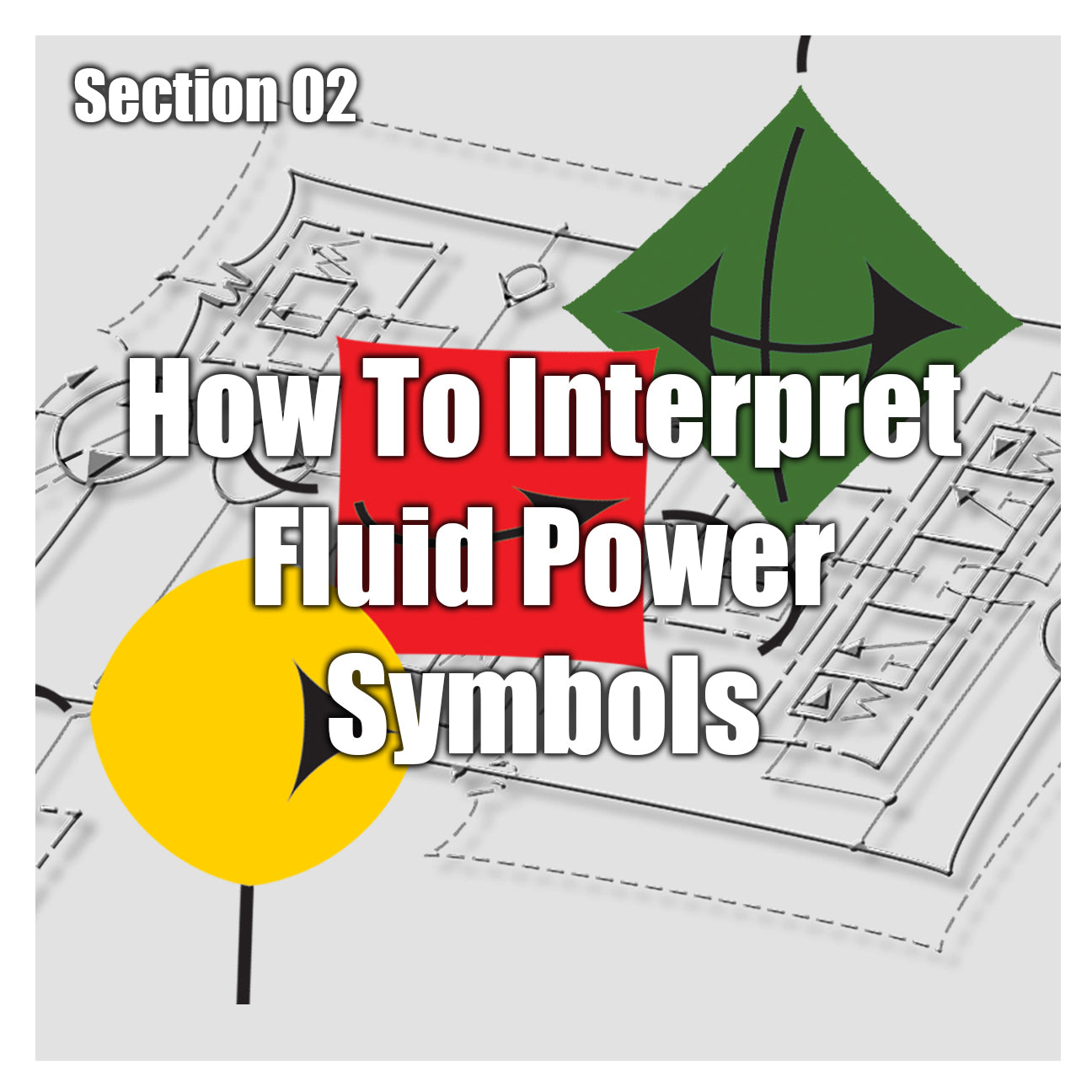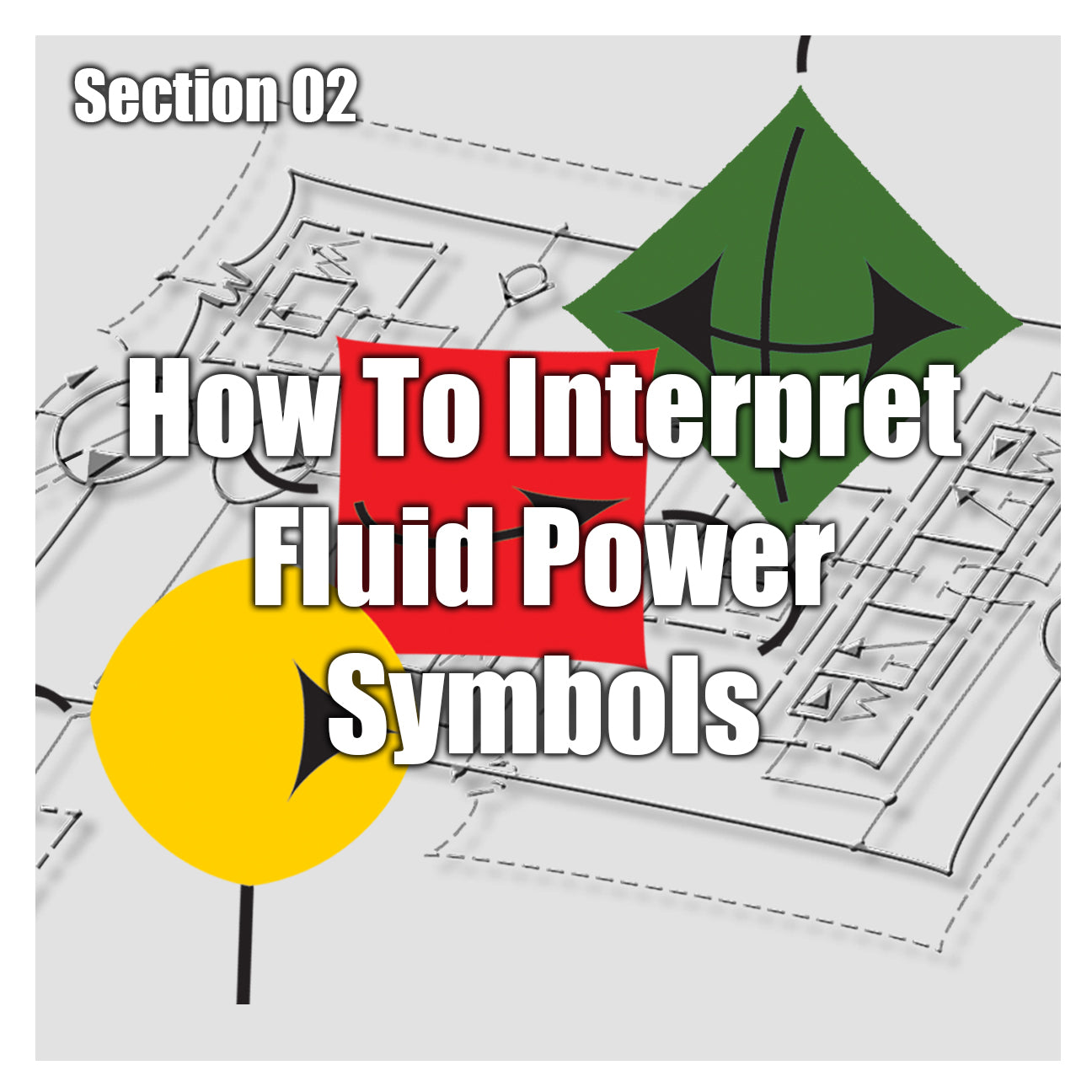Fluid Power Academy
PH Section 02 - How to Interpret Fluid Power Symbols
PH Section 02 - How to Interpret Fluid Power Symbols
Couldn't load pickup availability
Competency Test (CLICK HERE) - $5.00
Challenge Test (CLICK HERE) - $25.00
Certification Re-Test (CLICK HERE) - $25.00
How to Interpret Fluid Power Symbols book (CLICK HERE) - $39.00 - $49.95
PRACTICAL HYDRAULICS SECTION 02: $25.00
EXPIRES: 30 days after purchase
AVERAGE TIME TO COMPLETE: 8 hours
COURSE DESCRIPTION:
In the early 1960’s it became evident that the fluid power industry needed a language made up of symbols with which to cross language barriers and promote a universal understanding of fluid power systems. Illustrative icons created a symbolic language to interpret a hydraulic schematic which tells a “story” about how a hydraulic system operates. This learning process is easy to comprehend and interpret through recognition of symbols rather than words. The symbols identify which hydraulic components are applied within the system. The interconnecting lines indicate the oil flows and how components interact with one another. The symbol for each component is made up of a number of sub-symbols, each representing a unique function.
The only way to read and understand the “story” about how a hydraulic system operates is to learn to interpret the symbolic language. This course makes it easy to interpret the symbols because each icon is constructed in a manner that makes it easy to relate each symbol to the component it represents.
LEARNING OBJECTIVES:
After completing this course, students will know:
- How to interpret fluid power symbols established by the International Standards Organization (ISO) 1219-2:2011.
- How to interpret fluid power symbols established by the American National Standards Institute (ANSI) Y32.10 (this standard has been superseded by the ISO standard).
- The differences between pictorial, cutaway, and graphic symbols.
- The scope and purpose of the ISO standard.
- Symbol rules.
- The symbols for:
a. Transmission lines
b. Hydraulic reservoirs
c. Hydraulic pumps
d. Pressure control valves
e. Directional control valves
f. Logic valves
g. Hydraulic cylinders
h. Hydraulic motors
i. Check valves
j. Quick connect/disconnect couplers
k. Flow control valves
l. Accumulators
m. Measuring instruments
n. Oil conditioners
o. Air bleed valve/Velocity fuse
p. Manual shut off valve
q. Pressure switch - How to use the hydraulic schematic for a given hydraulic system in order to correctly identify the components.
- How to use the hydraulic schematic for a given hydraulic system in order to determine how the oil flows through the system.
- How to use the hydraulic schematic for a given hydraulic system in order to determine how system components interact with one another.
- The defining characteristics of symbols in order to differentiate one component from another.
- The difference between a composite symbol and a simplified symbol.
- How to layout and draw a hydraulic schematic.


